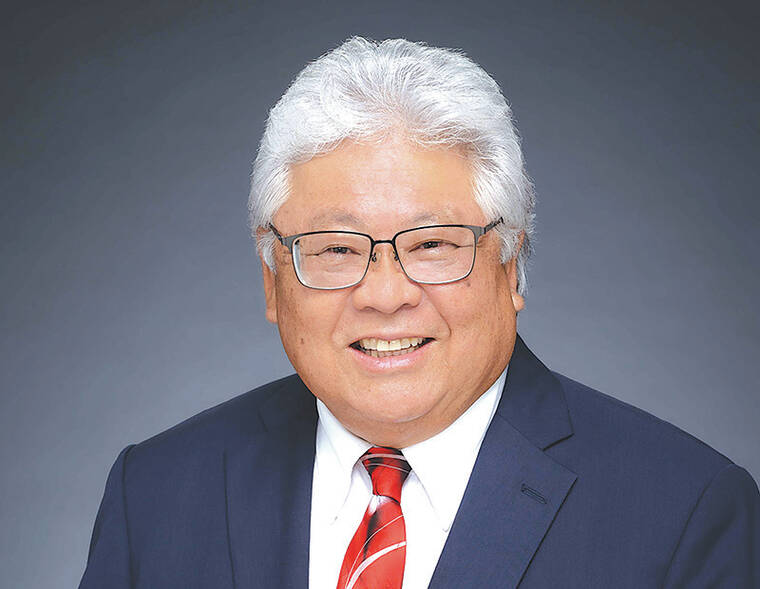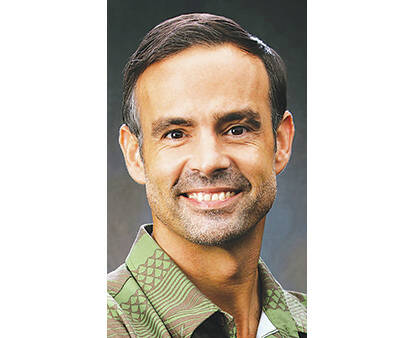A proposal to increase housing density statewide was substantially cut Monday after lawmakers chose to leave the matter to the counties.
Senate Bill 3202 is a contentious measure that would have authorized the four counties to allow construction of at least three dwellings on residentially zoned lots within urban districts, as well as the subdivision of those properties into parcels 2,000 square feet or even smaller if a county allowed it.
The measure attracted lengthy testimony, both positive and negative, during a Monday joint meeting of the House committees on Housing, Water and Land, and Judiciary and Hawaiian Affairs. Supporters argued that the bill will help address the state’s affordable housing crisis by allowing for smaller homes on smaller lots, while detractors raised concerns about the proposal’s impacts on neighborhoods and questioned whether it will meaningfully create more affordable housing units.
“It’s good long-range planning and good fiscal practice to make the most of the pipes, lines, roads we already have on the land we’ve already developed before building more,” said Trey Gordner, director of the community data research project Hawaii Zoning Atlas.
“Our housing crisis in Hawaii … is self-imposed,” said Joey Katzen. “On Oahu … there were twice as many housing units built in the 30 years leading up to 1990 as in the 30 years since 1990. This is very generational, and the people that bought their houses years ago before the scarcity of housing are not aware, viscerally, of the struggle that a lot of us that are younger are facing.”
Katzen added that rezoning decisions in the 1980s have made it impossible to build the sort of high-density housing outlined in SB 3202 that was otherwise common in the state.
On the other hand, Jeannine Johnson said there is “no way” the state can guarantee that any of the homes built under the bill will be affordable.
“I don’t know who you think is going to be building all of these homes,” Johnson said. “It’s not going to be Native Hawaiians, because we can’t afford it.”
After more than an hour of testimony, representatives from the three committees raised their own questions about the measure. In particular, Hilo Rep. Richard Onishi — who sits on the House Housing Committee — grilled several state and county officials about how the measure might work.
Onishi said his concerns about the bill stemmed from testimony that argued that the counties have failed to provide sufficient affordable housing, yet they would be the ones that would enact the terms of the bill. To that point, he questioned Hawaii County Planning Director Zendo Kern, who had testified in support of the measure, about the bill’s potential impacts on Hawaii Island.
Kern first explained that the county code’s rules for ‘ohana units — which could, in theory, allow for a similar level of housing density as described in SB 3202 — are overly cumbersome and the county is currently attempting to change them (see related story, above).
When Onishi asked what is preventing the county from allowing more ‘ohana units per property, Kern bluntly replied “the County Council.”
“So, you need this bill passed because you can’t get it past your own County Council,” Onishi said.
Kern said he believes that it makes more sense to approach issues of housing density at the state level, beyond the control of the county.
When Onishi asked if Kern would be OK with lots being downsized to 2,000 square feet “all over Hilo,” Kern was unconcerned, because SB 3202 only allows for such density increases in places where the amount of existing infrastructure permits it.
“I think, based on the current infrastructure, it won’t be able to happen all over Hilo,” Kern said. “In the areas where infrastructure supports it, I do think having small lot sizes like that would work.”
Onishi also questioned Mary Alice Evans, director of the state Office of Planning and Sustainable Development, about the potential productivity of the bill, but was unsatisfied by the answer.
“It would be difficult for the office … to make that kind of estimate,” Evans said when asked how much new housing the bill might generate, explaining that there are too many variables at play to prognosticate many of the bill’s future effects.
Following lengthy discussion, Oahu Rep. Linda Ichiyama, chair of the Water and Land Committee, said that Hawaii County, Kauai County and the City and County of Honolulu are all moving toward their own legislation that would allow for additional dwelling units, and concluded that it might be better to wait and see how those efforts turn out rather than push a flawed bill forward.
Consequently, Ichiyama proposed amending SB 3202 by removing the section dealing with additional dwelling units, while the section allowing for reduced lot sizes would be amended to vest control of lot size requirements with the individual counties.
Onishi said these amendments make the bill “a heck of a lot stronger,” but raised concerns that allowing smaller lot sizes will simply drive up costs of land. Nonetheless, Onishi voted in favor of the amended bill, but was one of three representatives to vote aye with reservations.
Having passed its final committees, the bill must pass a second reading in the House.
Email Michael Brestovansky at mbrestovansky@hawaiitribune-herald.com.









